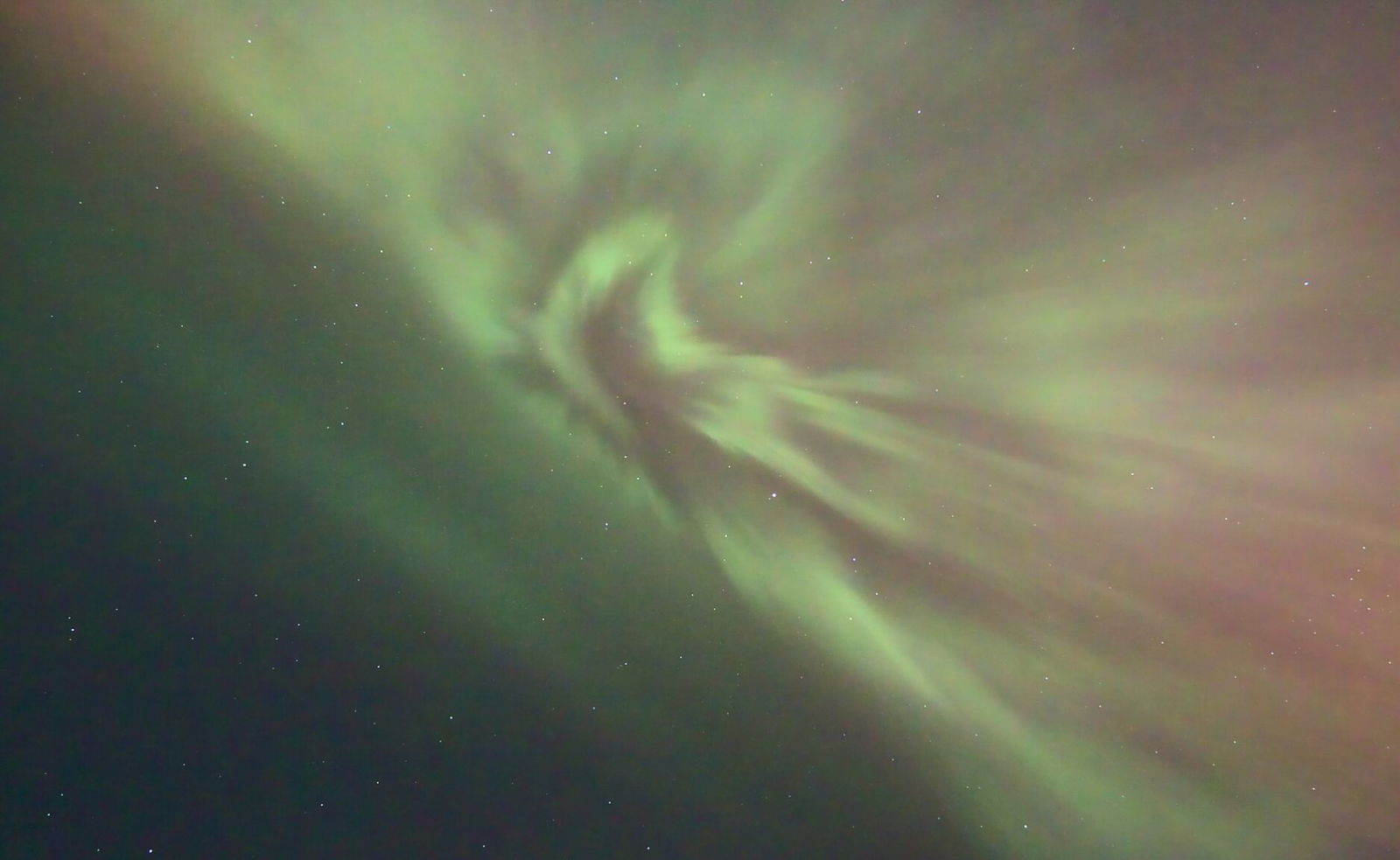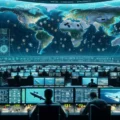In May 2024, many evening sky gazers around the world were treated to a rare opportunity to view dazzling auroras that can normally only be seen close to Earth’s poles, made possible by a massive solar storm that bombarded the Earth.
The event responsible for the unprecedented auroral activity did more than just create a colorful light show, however. GPS communications were also disrupted during last year’s event, and now, scientists have revealed that the storm also created a pair of new temporary radiation belts encircling Earth.
The unexpected discovery was made by researchers analyzing data collected with the Colorado Inner Radiation Belt Experiment (CIRBE) satellite, a NASA CubeSat which, following an anomaly that took it offline months earlier, managed to restore operations just in time to observe remnants of the powerful solar event.
The new findings are of key importance in helping scientists understand the effects of solar radiation on spacecraft, and will help with planning for future launches into geostationary orbits where spacecraft will travel through Earth’s natural radiation belts more than once before their final orbit is reached.
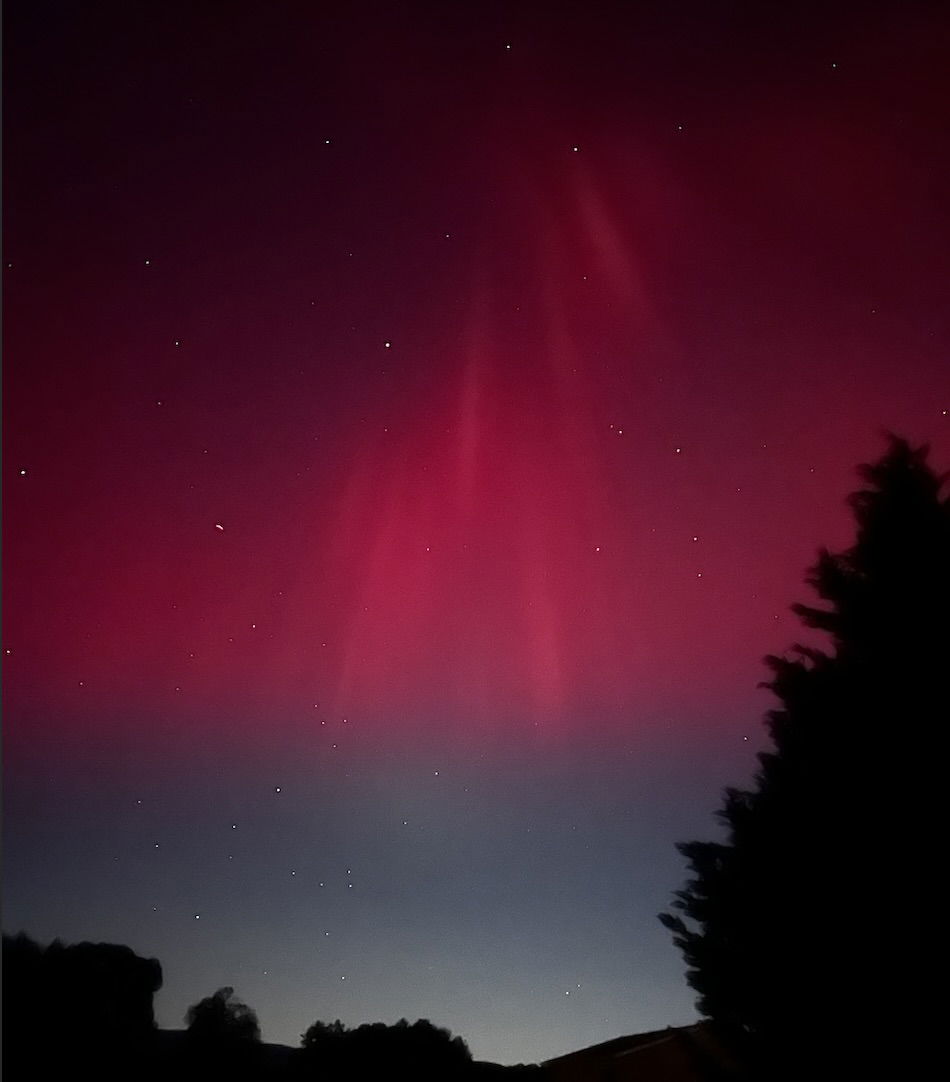

The Discovery of Earth’s New Radiation Belts
The two temporary radiation belts were found between the Van Allen Belts, our planet’s permanent radiation belts comprising concentric rings where high-energy particles like protons and electrons become captured. The Van Allen Belts play a significant role in space weather dynamics and can also pose risks to spacecraft and astronauts passing through them.
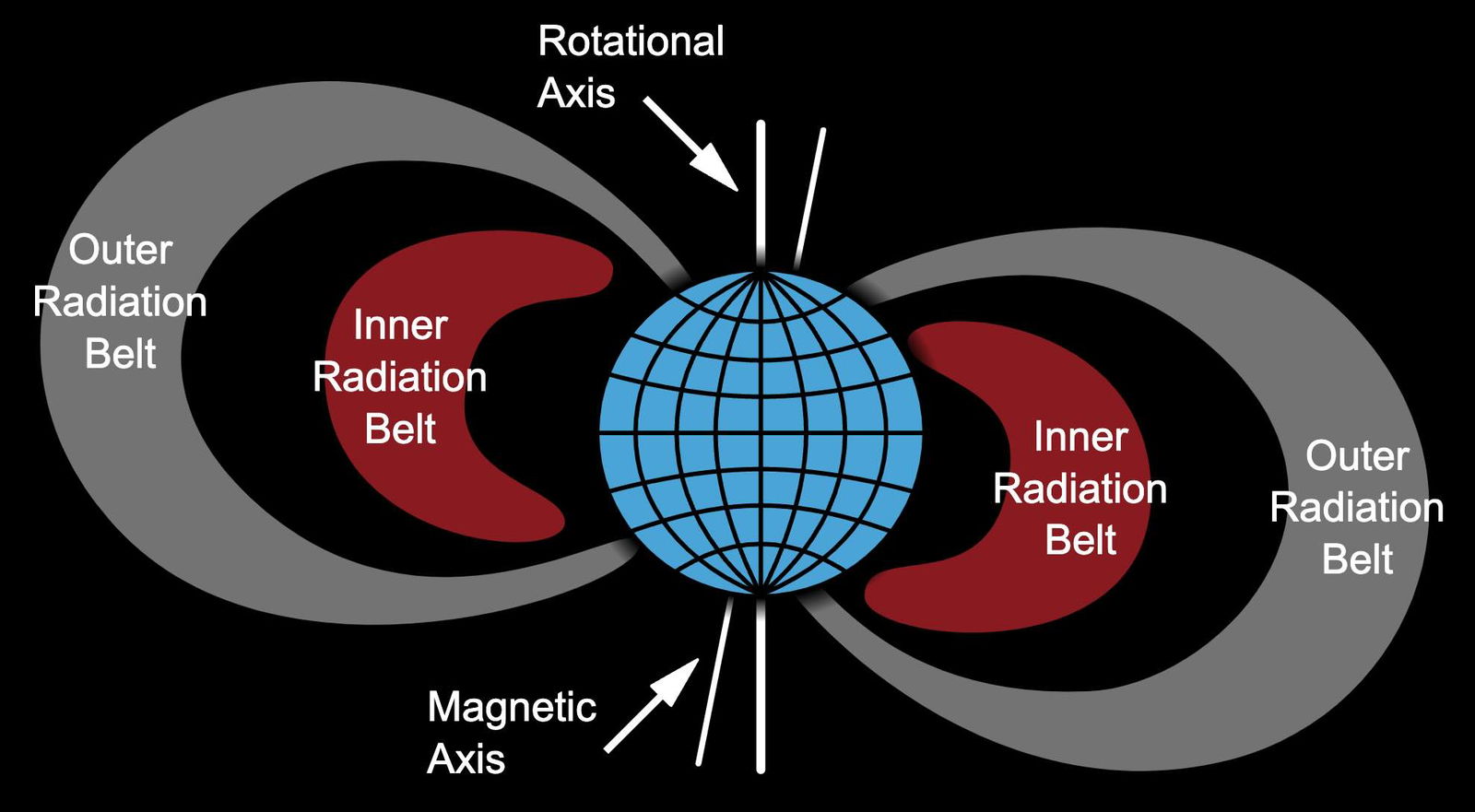

This is not the first time that temporary radiation belts have been observed over Earth. Past discoveries of new radiation belts have occurred in the aftermath of extremely powerful solar storms, and even resulting from high altitude nuclear tests.
However, unlike past discoveries of temporary radiation belts, the ones produced last year possess energetic protons, marking a first in space weather research that offers new insights into how intense solar activity can alter Earth’s radiation environment.
Electrons Encircling the Earth
Previous discoveries of temporary radiation belts have determined that they are mostly composed of electrons. By contrast, the innermost of the two novel temporary belts discovered after last year’s solar storm features a blend of electrons and highly energetic protons, which had never been observed before by space weather scientists.
As far as what might have caused this unique pairing of particles in one of the belts, scientists believe it has to do with the extreme intensity of the May 2024 storm.
“When we compared the data from before and after the storm, I said, ‘Wow, this is something really new,’” said Xinlin Li of the University of Colorado Boulder, lead author of a new paper detailing the findings.
In addition to their unique composition, the longevity of the belts also surprised researchers. Most temporary radiation belts last no longer than a few weeks—four at the most—whereas the electron-filled belt out of the two generated by last year’s storm lingered for more than four months. Even more surprising, the proton-rich belt remained present for even longer, and remnants of it could still exist today.
David Sibeck, a NASA scientist at Goddard Space Flight Center who formerly worked with the space agency’s Van Allen Probes mission, said that such high-energy particles might even remain trapped in Earth’s magnetic field indefinitely, unless future solar storms disturb them.
The Evolution of Radiation Belts
Sibeck’s theory already seems to have some corroboration from more recent observations of the new radiation belts, which appear to have been impacted by subsequent solar storms in the ensuing months since May 2024’s mega storm. A solar event that occurred just one month later in June of last year appears to have significantly weakened the electron belt; then two months after that, it was almost completely eradicated by a solar storm in August 2024.
Despite the dissipation of the electron belt, remnants of higher-energy electrons remained detectable even after the August storm, demonstrating the resilience of these trapped particles.
The fact that the discovery of these temporary belts was made at all came as something of a coincidence, given that the CIRBE CubeSat which made it possible was originally launched in April 2023, but went offline one year later due to an anomaly. This effectively made any observations of the May 2024 storm using CIRBE’s capabilities impossible.
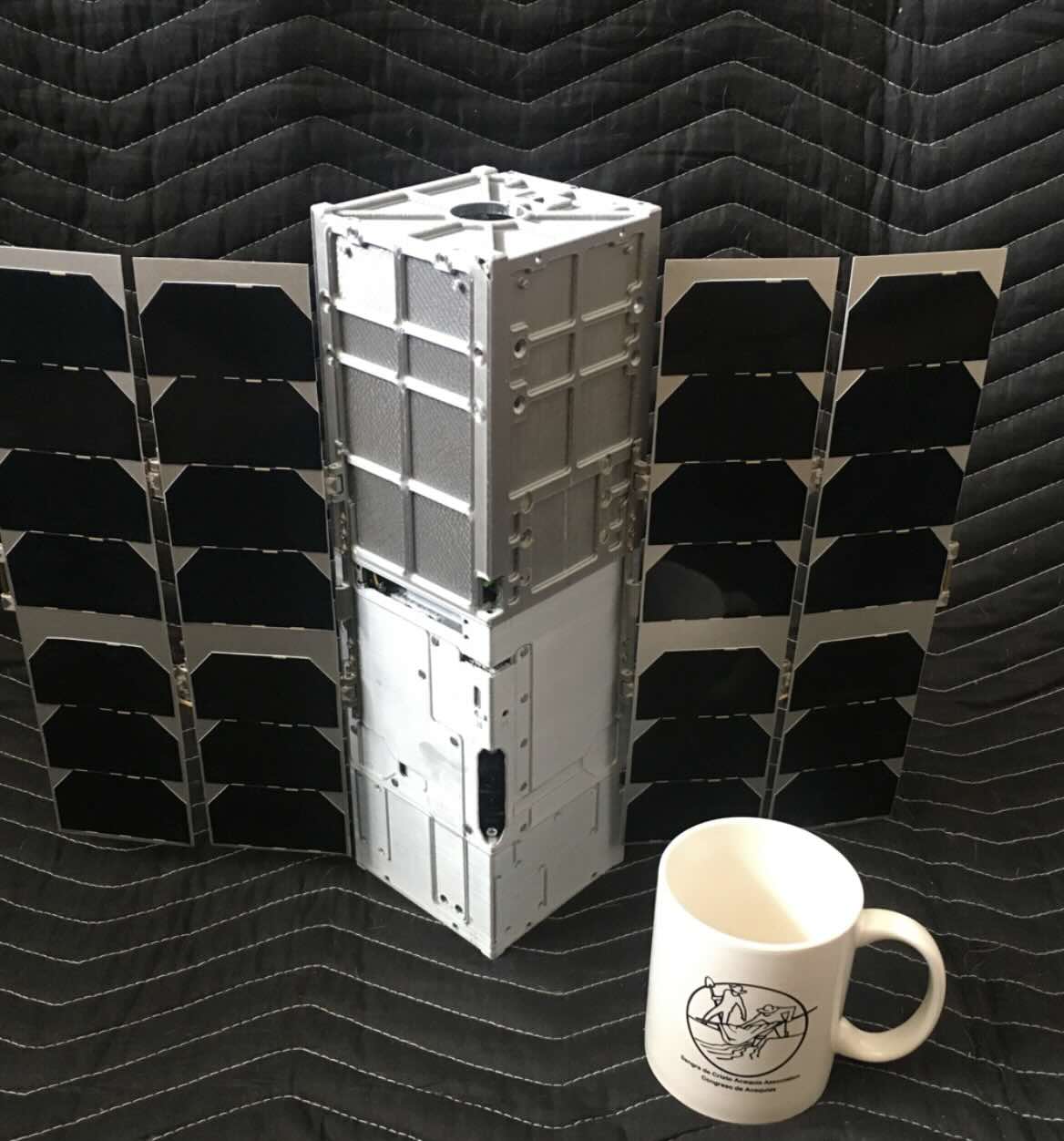

CIRBE’s Swan Song
That all changed in June, when another surprise occurred: CIRBE had resurrected.
Springing to life again in the weeks following the May solar storm, the satellite restored functionality just in time to allow NASA scientists to make unprecedented high-resolution measurements of the space weather environment in the storm’s aftermath.
“Once we resumed measurements, we were able to see the new electron belt, which wasn’t visible in the data from other spacecraft,” Li explained.
Although CIRBE successfully dispatched information about the new temporary radiation belts back to Earth, the same storm about which it collected unprecedented new information also induced atmospheric drag that caused its orbit to decay prematurely. The satellite officially deorbited in October 2024, signing off with a decodable “goodbye song” featuring parody lyrics as an added treat for space enthusiasts before its final disintegration upon reentry.
“We are very proud that our very small CubeSat made such a discovery,” Li said.
Li and his team’s findings were published on Feb. 6, 2025, in the Journal of Geophysical Research: Space Physics.
Micah Hanks is the Editor-in-Chief and Co-Founder of The Debrief. He can be reached by email at micah@thedebrief.org. Follow his work at micahhanks.com and on X: @MicahHanks.
